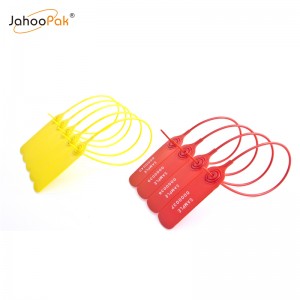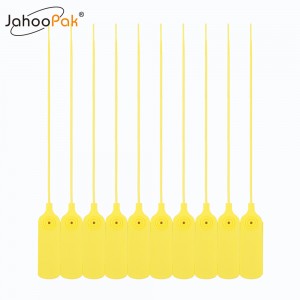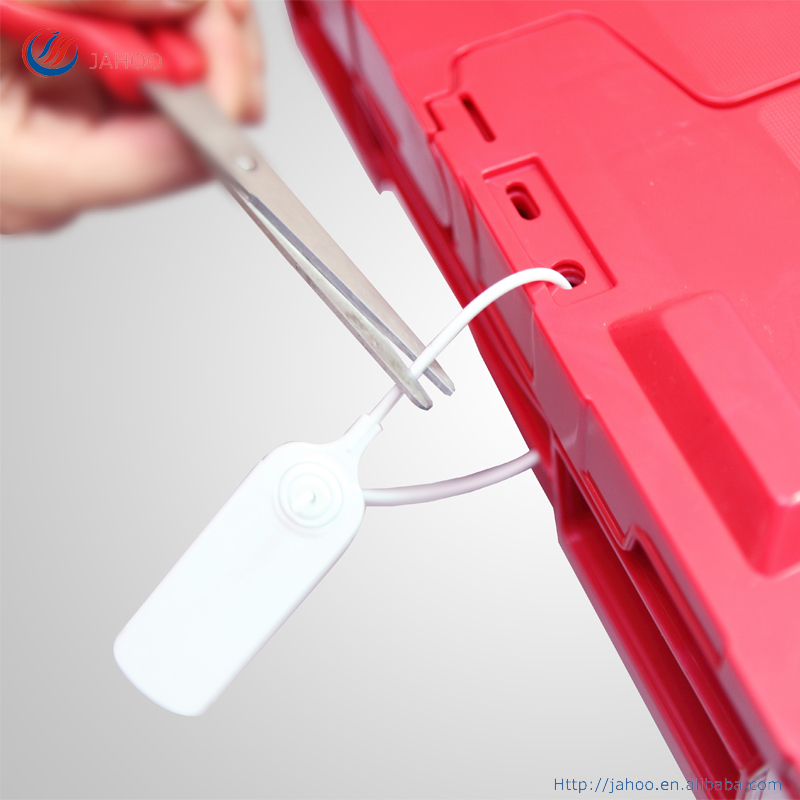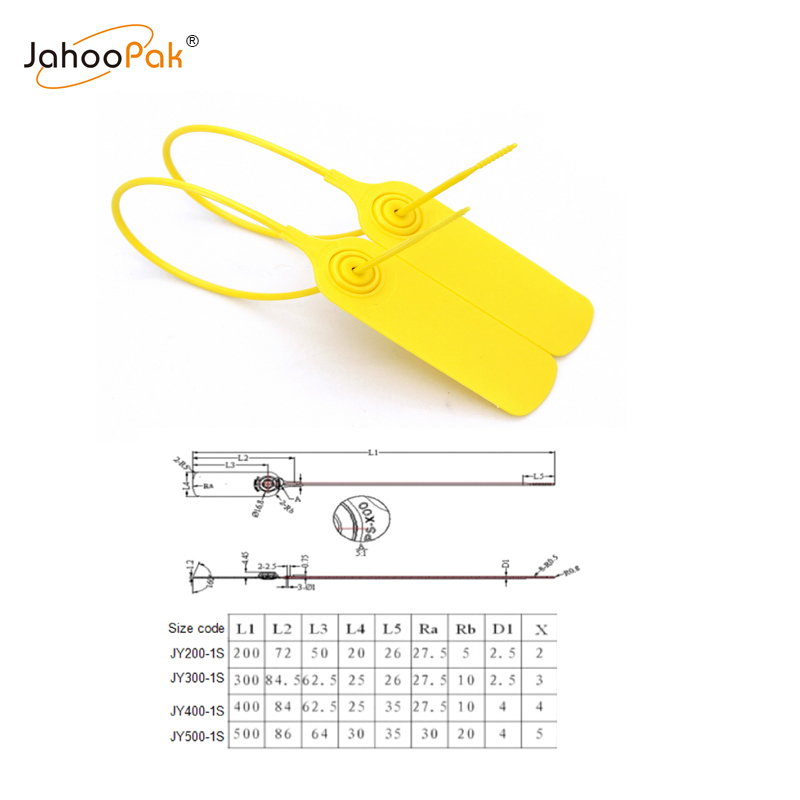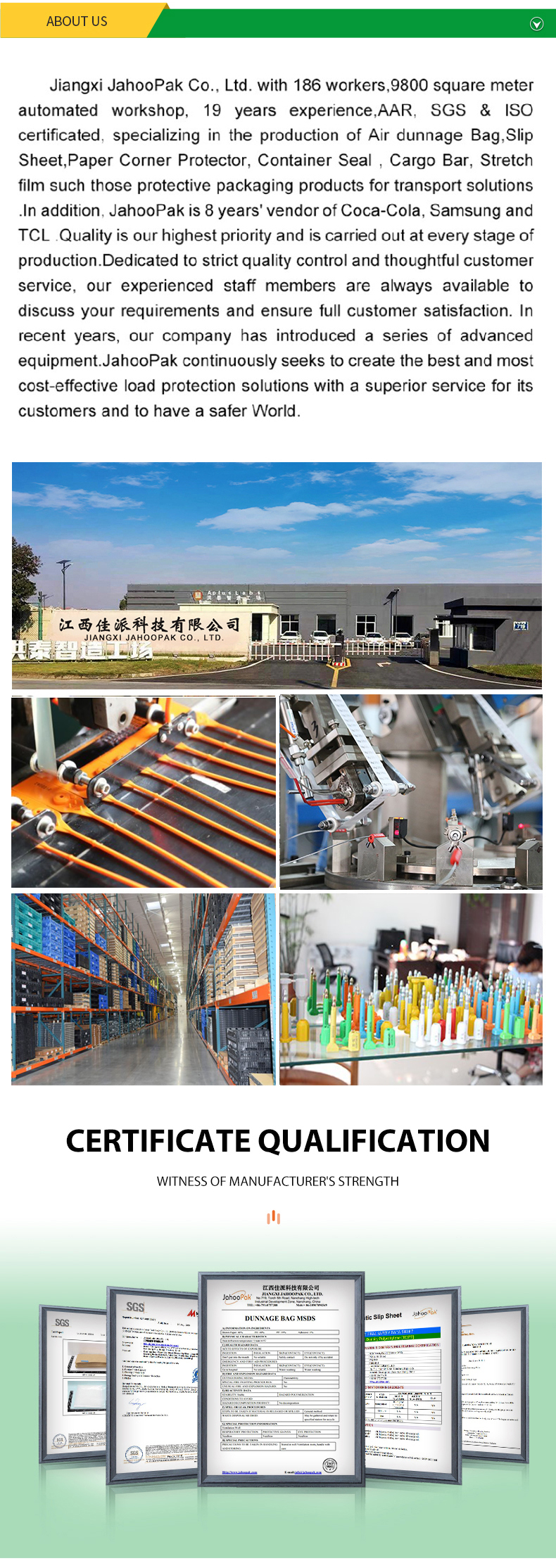Product profile
A plastic seal is a type of tamper-evident security device made from durable plastic, used to secure items such as bags, containers, doors, or equipment. It typically consists of a flexible strap with a locking mechanism that, once closed, cannot be reopened without breaking or cutting the seal.
Product application
- Insert the Strap – Thread the flexible end of the seal through the item to be secured (e.g., a bag opening, container lid, or door latch).
- Lock the Seal – Push the strap into the locking mechanism until it clicks into place.
- Tighten (if adjustable) – Pull the strap to ensure a snug fit.
- Verify Security – Once locked, the seal cannot be removed without breaking it, providing evidence of tampering.
Why need use the plastic seal
Plastic seals are widely used for:
- Security – Prevents unauthorized access (e.g., shipping containers, cash bags, utility meters).
- Tamper Evidence – Shows if someone has attempted to open or interfere with the sealed item.
- Inventory Control – Ensures products remain untouched during transit (e.g., pharmaceuticals, food, electronics).
- Safety & Compliance – Meets industry regulations (e.g., aviation, logistics, retail).
The advantage of plastic seal
✔ Durable & Weather-Resistant – Resists moisture, chemicals, and UV exposure better than paper or metal seals.
✔ Lightweight & Cost-Effective – Cheaper than metal seals while still providing strong security.
✔ Customizable – Available in various colors, serial numbers, or barcodes for tracking.
✔ Easy to Apply & Inspect – Simple to install and visibly shows tampering attempts.
✔ Versatile – Used in logistics, retail, healthcare, transportation, and more.
Company profile






